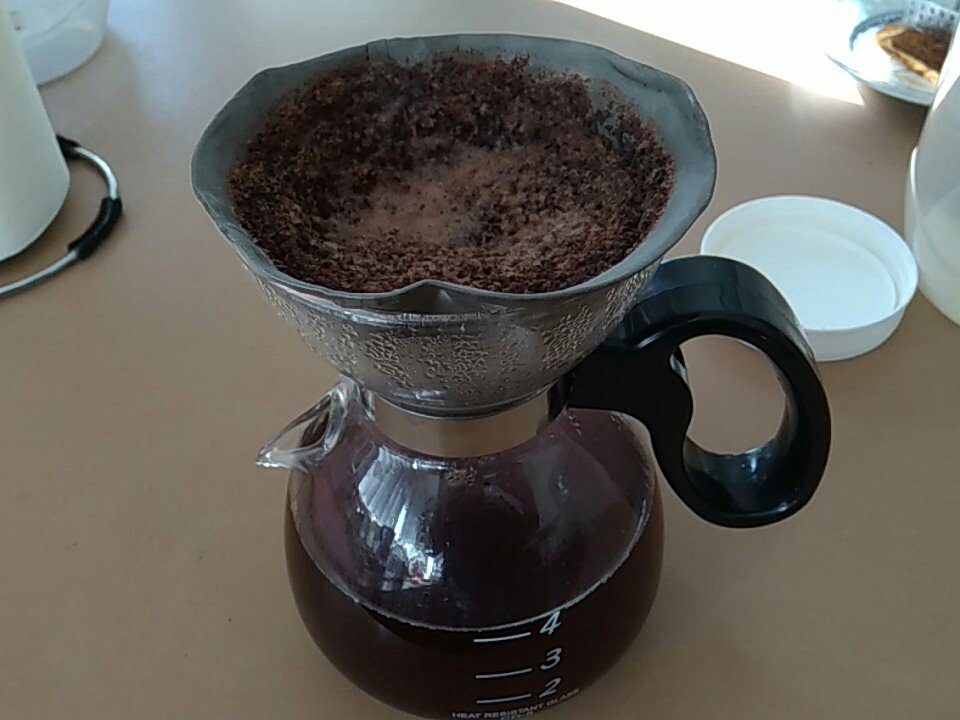
In the world of filter brewed coffee, what is more ubiquitous than pourover? It’s the basis of the vast majority of coffee enjoyed in North America. That being said, it is fairly young in terms of brew methods.
It has its roots around the early 20th century. A German by the name of Melitta Bentz developed the earliest version of the pourover that we know today. Where others were using metal or cloth to filter out the grounds, she was the first to use paper as a filter material.
The Melitta company didn’t patent the cone-shaped paper filter until nearly 30 years later. By then, manual pourover was in a bit of a slump. It was a “hands-on” brewing method, usurped by vacuum brewers (a.k.a. syphons) because they were a more convenient and “foolproof” brewing method.
Pourover was struggling in the 1950s. Even though the Chemex, patented in 1941 was hugely popular, it couldn’t compare to automatic percolators. Coffee quality took a huge hit, because convenience took precedence. One innovation changed everything: the automatic drip coffee maker.
The first of its kind was patented around 1950 in Germany, named the Wigomat. Several other later models of note were the Technivorm Moccamaster and Braun Aromamaster. Manual pourover was relegated to a highly niche position from 1960 to 2000.
In the early 2000s a Japanese company called Hario made pourover fashionable again with the realease of their v60 brewer. It was a simple cone shaped brewer that could be placed on top of a vessel (cup, mug, carafe, etc.). By then, the world was in the midst of the “third wave” of coffee appreciation, where exploration of coffee was king.
Since then, pourover has remained a popular niche, given the explosion in popularity of espresso-based coffee. It isn’t as favourable mainly due to the time required to produce a brew compared to espresso. It does have a place, especially in establishments that value high quality coffee.
Here’s how I brew my pourover...
Items required:
Brewer (V60, Chemex, etc.)
Filter
Coffee
Kettle
Pouring vessel (pouring kettle, milk jug, even straight from the kettle)
Digital scales (1g resolution)
Cup
Method:
Weigh out 15g of beans/ground coffee (grinding to order is optimal). I prefer to grind slightly finer than a medium grind. Go as fine as you can until you get some bitterness in the cup (sign of overextraction).
Place filter medium into brewer (I prefer cloth or mesh for the reusability factor). If using paper, give it a flush with boiling water to remove paper flavour. Toss that water.
Place grounds into filter and just press down to make the top flat.
Weigh out 250g of water just off the boil into your pouring vessel of choice (e.g. like this 1L oil can)
Gently pour enough water to completely saturate the coffee bed. Wait 30-45 seconds to allow the coffee to pre-infuse.
Slowly pour the rest of the water over the coffee bed (most experts advocate circular pattern, but it’s not imperative...any pattern will work). The idea is to keep the grounds always covered, and let gravity take care of the rest.
Once all the water has passed through the coffee bed, thoughtfully dispose of coffee grounds (you can compost them, or put them into your green bin), allow the coffee to cool slightly, and enjoy.
